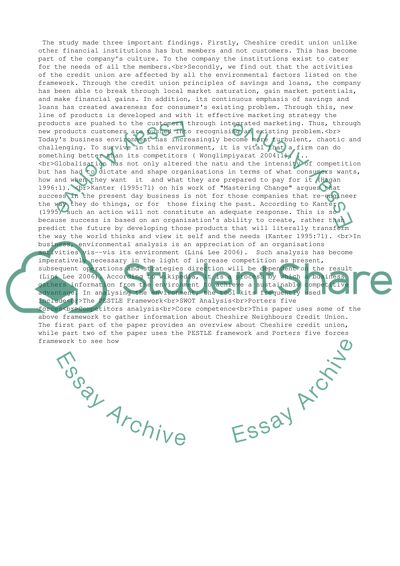Cite this document
(“Cheshire Neighbours Credit Union Case Study Example | Topics and Well Written Essays - 3500 words”, n.d.)
Cheshire Neighbours Credit Union Case Study Example | Topics and Well Written Essays - 3500 words. Retrieved from https://studentshare.org/business/1513430-cheshire-neighbours-credit-union
Cheshire Neighbours Credit Union Case Study Example | Topics and Well Written Essays - 3500 words. Retrieved from https://studentshare.org/business/1513430-cheshire-neighbours-credit-union
(Cheshire Neighbours Credit Union Case Study Example | Topics and Well Written Essays - 3500 Words)
Cheshire Neighbours Credit Union Case Study Example | Topics and Well Written Essays - 3500 Words. https://studentshare.org/business/1513430-cheshire-neighbours-credit-union.
Cheshire Neighbours Credit Union Case Study Example | Topics and Well Written Essays - 3500 Words. https://studentshare.org/business/1513430-cheshire-neighbours-credit-union.
“Cheshire Neighbours Credit Union Case Study Example | Topics and Well Written Essays - 3500 Words”, n.d. https://studentshare.org/business/1513430-cheshire-neighbours-credit-union.


